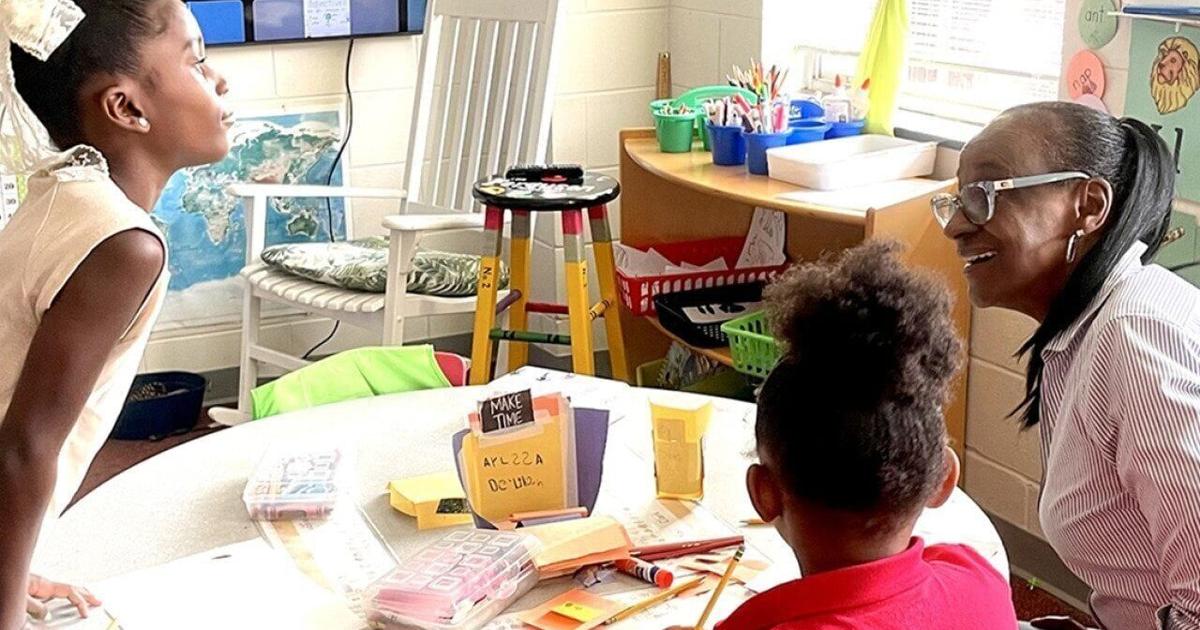In 2021, Tiffany Blassingame, hailing from a family of educators, embarked on a pioneering educational journey by opening her own school in a building attached to a Baptist church in downtown Decatur, Georgia. She teaches 18 K-5 students from across Atlanta, offering a Christian-based curriculum infused with a social justice perspective. However, she is no longer alone in this endeavor. Down a hallway adorned with artwork, backpacks, and storage bins, a small Montessori school caters to three- to six-year-olds, while a middle and high school operate on the same floor. Across from Blassingame’s classrooms, Maya Corneille runs the Nia School, serving children with autism and apraxia, a disorder affecting movement and speech. “Everyone has their own niche and strength,” said Corneille, a former college psychology professor.
This burgeoning educational ecosystem illustrates how the microschool movement, which gained momentum during the pandemic, continues to evolve and adapt to students’ needs. According to the latest analysis from the National Microschooling Center, shared exclusively with The 74, microschools are becoming less “micro.” In 2024, the median number of students in a typical microschool was 16, a figure that has now increased to 22, reflecting the growing experience of school founders, according to Don Soifer, CEO of the center. Some microschools now serve as many as 100 students.
The Growth of Microschools
The center’s report offers a comprehensive look at this trend as it matures. Microschools—small educational institutions typically operating out of homes, commercial spaces, or churches—now serve an estimated 2% of the U.S. student population, approximately 750,000 students. Increasingly, current or former teachers, or those with administrative experience, are running these programs. The report highlights that 86% of founders have an educational background, compared to 71% last year.
While many microschools operate independently, some are affiliated with public school systems. Charter microschools and those associated with districts tend to be larger, with a median size of 36 students. For instance, WIN Academy, a project of BridgeValley Community and Technical College in South Charleston, West Virginia, recently celebrated the graduation of 20 seniors. These students earned college credits toward degrees in nursing or manufacturing. “The families we serve just see the huge amount of money they are saving on college tuition and the incredible learning opportunity this is for their kids,” said Casey Sacks, the college’s president.
State Support and Expansion
In another development, the Indiana Charter School Board recently granted a charter to a microschool network within the 1,200-student Eastern Hancock district, outside Indianapolis. Superintendent George Philhower anticipates launching one to three sites this fall, with more expected across the state in the coming years. “There’s a growing number of families looking for something in between the traditional public school experience and homeschooling,” he said.
The majority of microschools operate outside the public system, but the expansion of state-funded programs supporting private schools, such as education savings accounts (ESAs), has further fueled their growth. Primer, a for-profit microschool network, currently operates schools in Florida and Arizona, with plans to expand to Alabama this fall. Over the next two years, the company aims to add schools in five to six additional states, according to Lisa Tarshis, head of the Primer Foundation.
“Once you get it down, it’s not that hard to open a satellite campus or to bring on another teacher,” Tarshis explained. “Then you can become the owner and oversee these two schools.”
Challenges and Criticisms
Despite their growth, microschools face challenges, particularly regarding government oversight and accreditation. Critics argue that these unconventional programs may bypass building codes and are not required to follow civil rights laws, even when receiving public funds. In response, Soifer and others advocate for a balanced approach that recognizes the unique nature of microschools while ensuring student safety and educational quality.
Accreditation remains a significant hurdle, often involving costly procedures such as financial audits and building inspections. Less than a quarter of microschools in the survey are accredited, though 80% expressed interest in a process tailored to their non-traditional programs. The Middle States Association of Colleges and Schools recently announced a pilot accreditation program for “innovative school models,” indicating a shift towards accommodating these educational alternatives.
Looking Ahead
As microschools continue to expand, they attract increased scrutiny from researchers and policy experts. At least three studies are underway to examine microschools and report student performance on some of the same measures used in public schools, such as iReady assessments and MAP tests from NWEA. “There’s a lot of appetite for figuring out how we measure outcomes without being spaces that are tailored 100% towards a standardized test,” said Jeffrey Imrich, CEO and co-founder of Rock by Rock.
Meanwhile, the microschool movement’s growth is being closely monitored in states like Texas, which recently passed a voucher program. For microschools to serve students on ESAs, they must meet the same requirements as other private schools, including staying open for at least two years and achieving accreditation. This requirement poses a challenge for many, as the process can be both costly and complex.
Despite these hurdles, the microschool movement continues to gain momentum, offering a flexible, personalized educational alternative that resonates with many families seeking options beyond traditional public schooling. As the movement evolves, it will be crucial to balance innovation with accountability, ensuring that all students receive a high-quality education.
